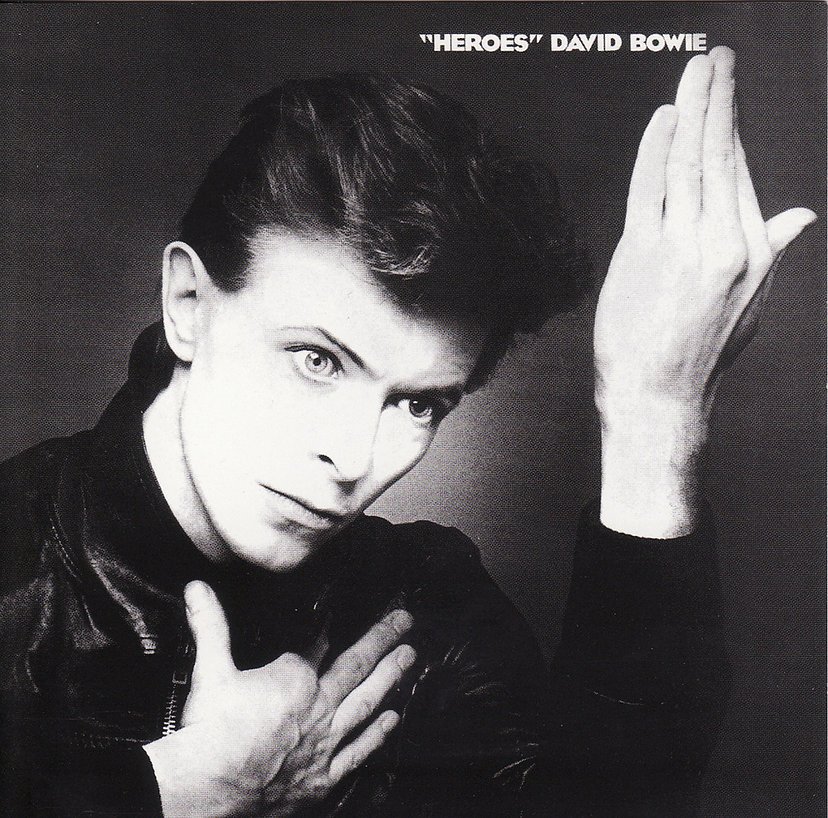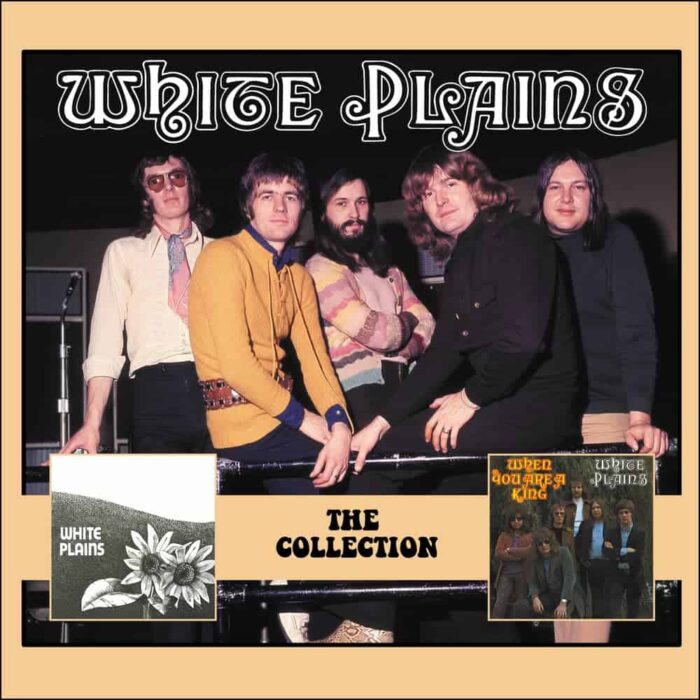The Article
David Bowie: Creating the Berlin-period album, Heroes
2nd July 2016

Label: RCA
Year: 1977
Part of his ‘Berlin’ period, Bowie temporarily resided in Germany to partly recover and recuperate from his hedonistic lifestyle and partly to escape his family and business pressures.“ David wanted to shuffle the deck,” said producer of Heroes, Tony Visconti. “His life was changing by the release of his previous album, Low. He had divorced his wife and the relationship with his manager was ending and his funds were at a low point. The move to Berlin was almost out of necessity. Because of the state of Berlin in those days the rent was really low, which helped.”
Bowie himself remembers that time in rather starker terms, “I was worried for my life at that time, I thought I was going over the edge.” And then with no little irony, “So I ended up in Berlin…the Smack capital of Europe! I had no idea till I got there. And who did I take with me? Iggy Pop! Who was trying to get off Smack.”
You can almost hear the sigh.
Recorded at the city’s Hansa Studios overlooking the Berlin Wall, the studio was close enough to see the Soviet guards who perused their activities. The studio was enormous, built for symphonic work, it could hold 120 musicians. The equipment was top notch too with a beautiful high ceiling reverb.
“It was a ballroom from hell,” said Iggy Pop, “with a window from the studio that looked right at a guard, standing in a cheap uniform, with a rifle, who was supposed to shoot anyone climbing over the Berlin Wall.”
Bowie’s writing collaborator on Heroes was Brian Eno, “When I first met Eno, he was in Roxy Music,” remembered Bowie “I thought he looked more effeminate than I did. He was wearing leopard-skin and high-heel shoes. Not the professor we know today.”
The album was done off the cuff, improvised to an extent that any planned ideas tended to fizzle out in the studio where a new idea over-rode anything noted on paper. Eno’s role was to change the fabric of the music. He wanted to move away from musician-based timing. “I remember walking into the studio one day and Brian was doing one of his counting systems,” said Iggy Pop. “He said that all musicians break up time into bars, 4-beat bar, 3-beat, etc. He said, what about another sense of time to get out of that. He had a long piece of tape running and a metronome. He was counting time, ‘1…2…3…’. When I walked back in he was still going, saying ‘123…124…’. I thought, at that moment, that this is going to change everything.”
The title track, a world-wide hit, began as an 8-minute demo. Everyone realised the track was special. Bowie starts all of his vocal tracks with a ‘La, La, La’ verbalisation from whence ideas spring. Apparently, from the ‘La’s he suddenly sang, “We could be heroes!” He then said that he thought he’d call the track Heroes. This is how most of the album came together. Eno added the shaky, shuddery synth tone with his Synthy suitcase synth controlled by knobs and a joystick whilst Robert Fripp flew in to add the atmospheric guitar wash. Fripp actually plugged his guitar into Eno’s suitcase synth which made the guitar a live filter. Visconti recorded Fripp three times, layering each time to finalise the classic Heroes sound, “When the song was just a piano piece it didn’t say much to me,” added Bowie, “Fripp’s plaintive guitar cry that went through it really triggered off something emotive in me. It was a song of triumph. It was a song to say that you can overcome some incredible odds.”
As far as re-issues go, and the following covers all Bowie releases, not just Heroes, Bowie’s albums per se have received unwelcome attention from remastering engineers. The Bowie catalogue spent some time on the Ryko label which added unwelcome treble boost to the albums, which usually just sounds too bright. The EMI versions have an EQ boost in the high end as well. Combine that with the compression they also added and the results sound harsh and annoying. Also, Ryko’s gold, ‘Au20 Series’ removed much of the hiss. Trouble is, that’s where much of the high end information lived including: room and reverb ambience, parts of cymbals and guitars. The best CD releases are the original RCA Bowie albums. Whilst not necessarily always sourced via master tapes the CDs are derived from flat transfers. Which means that no information is removed. Check eBay for samples. As for vinyl? The original issues are your best bet.


